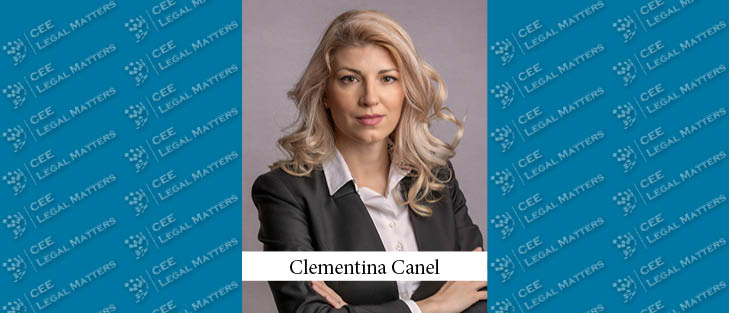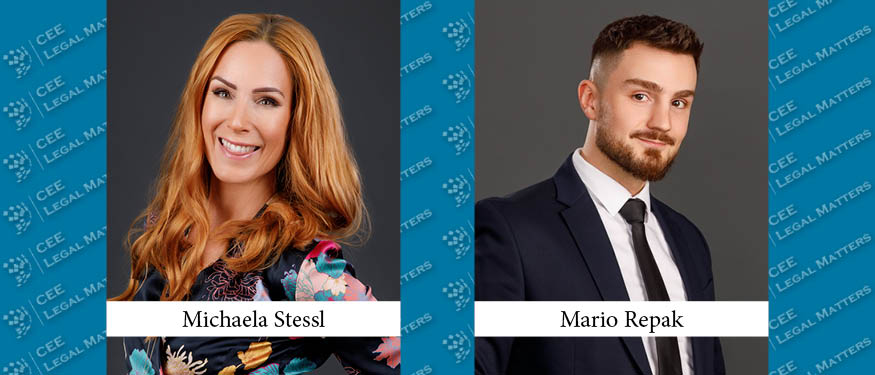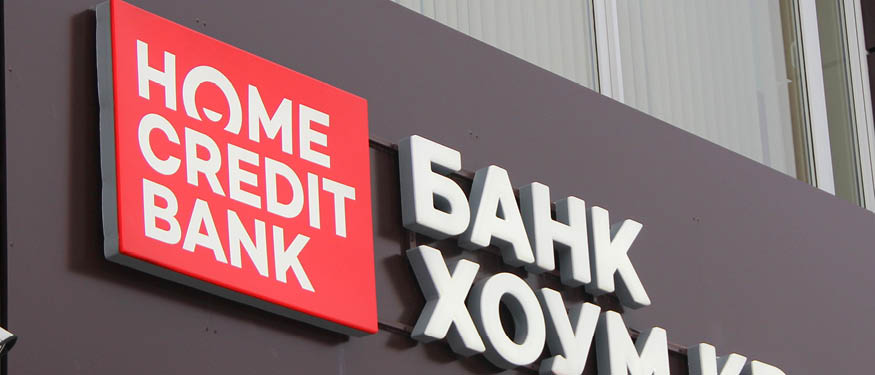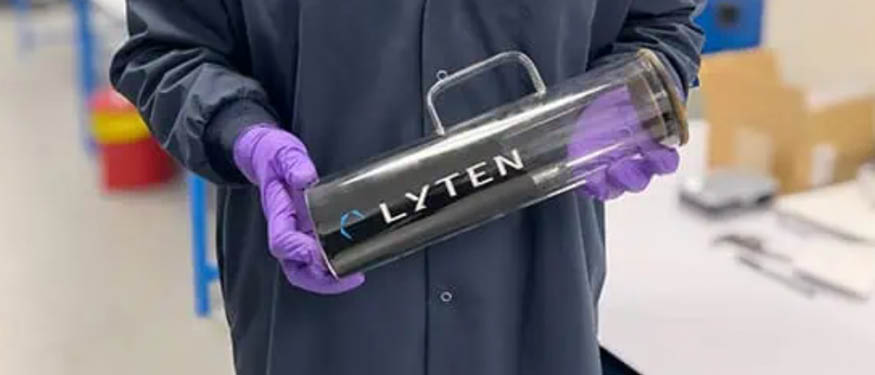FEPRA EPR Head of Legal and Compliance in Romania Clementina Canel talks about the skills she focuses on developing within her in-house legal team and the strategies she uses toward that.
CEELM: What are, in your view, the most important skills for an in-house lawyer in your organization?
Canel: Throughout my career, I’ve managed both small and large teams, including international teams in Romania, Germany, and Austria. Aligning people from different cultures and providing legal advice that meets the needs of internal clients can be challenging. The most important skills for an in-house lawyer include understanding the specific needs of the client and being able to combine internal and external legal advice effectively. It’s impossible to have all the expertise internally, so creating a mix of legal advice is crucial.
Understanding the company’s business strategy, the structure of the department, and the area you are part of is key. Team members must match the organization well, which is crucial for delivering good results. It’s also vital that the legal team fits the company’s culture, as the right profile can be more important than extensive work experience. Sometimes, work experience can be learned, but if a person doesn’t have the right profile, it’s very difficult to adapt to the work.
When choosing people for the legal team, I pay close attention, besides the level of experience needed, to personal skills and how well they can adapt to the company. For instance, working in a very regulated industry like oil and gas requires strict compliance with legislation, whereas an IT company demands more creativity and out-of-the-box thinking. It’s challenging to adapt to clients with diverse business needs, especially when they combine both regulated and innovative sectors. The ability to adapt to these varying requirements is essential.
Communication skills, an interest in understanding the business, problem-solving abilities, and a strong mindset are all critical. There’s a huge difference between internal and external counsel. As an in-house lawyer, you are part of the decision-making process, and you need to understand and assume risks with the company’s management. This can be very demanding, as it involves being directly involved in decisions and assessing risks alongside other stakeholders.
CEELM: What is your in-house legal function’s training needs assessment methodology?
Canel: Companies need to have a clear methodology for training needs assessments. In my career, I’ve encountered excellent methodologies when working with HR teams that have clear KPIs and a system for evaluation. However, I’ve also worked in large companies with thousands of employees that surprisingly didn’t have these systems in place. In such cases, you need to create your own methodology based on what’s important to the company.
When assessing training needs, it’s important to consider the business plan, the management’s expectations of the legal team, and the industry’s trends, including competition. The assessment should take into account not only the technical skills but also how well employees are adapting to changes in legislation and specific legal provisions relevant to the projects.
Skill gaps should be assessed twice a year, but it’s also important to evaluate team members constantly within each project. After managing a process, it’s crucial to discuss how well team members used their skills and identify areas where they could improve. Feedback, both formal and informal, plays a significant role in this. It’s also important to provide feedback in a way that makes team members feel appreciated while also guiding them on areas for improvement. The observation period is key to giving constructive feedback.
Surveys and client feedback are useful tools for identifying gaps. Clients can provide direct input on what they need and expect more of in future projects. Additionally, the perception of team members about each other’s attitudes and contributions can be valuable. We also evaluate how team members understand the entire process and the specific needs of the internal client.
CEELM: How often do you assess skill gaps within the team?
Canel: We generally assess skill gaps twice a year, in alignment with the KPIs and project evaluations. However, continuous assessment occurs as part of the ongoing project management process. This allows us to identify areas for improvement in real-time and address them as they arise.
CEELM: And what do you use to identify gaps within the team?
Canel: To identify gaps, we use a combination of methods. Observations during project work, feedback from clients, and regular evaluations help in pinpointing areas where team members can improve. We also utilize surveys and discussions with HR, who can provide additional insights into skill gaps from their perspective. Additionally, we look at how well team members understand and respond to changes in legislation and the specific legal requirements of our projects. This comprehensive approach ensures that we identify both technical and non-technical gaps within the team.
CEELM: Do you prefer using internal or external tools for training? And why?
Canel: For legal training, I find external tools to be more effective, especially when it comes to conferences and training sessions organized by law firms. External training partners can offer a fresh perspective and tailor programs to our needs. For example, we once worked with an external partner who conducted interviews with both team members and management to develop a custom training program. However, for personal development and soft skills, internal tools can also be beneficial. The choice between internal and external tools often depends on the company’s budget and willingness to adopt new ideas. We typically use tools that align with company policy and fit within the approved budget.
CEELM: What have traditionally been the most effective learning tools you’ve deployed for your team?
Canel: One of the most effective tools we’ve used is creating an internal archive where we store best practices and insights from our weekly discussions. This archive serves as a reference point and helps the team continuously improve by reflecting on past experiences and applying those lessons to new challenges.
We established an archive at the beginning of our initiative, which acts as our knowledge bank. It includes best practices, insights from weekly discussions, and other relevant materials. This archive is a living document that we update regularly, ensuring that it remains a valuable resource for the team.
CEELM: What is the typical career path for a young lawyer joining your in-house team?
Canel: For young lawyers joining the team, it’s important to build their confidence and trust while allowing them the space to develop the necessary skills to become independent professionals. We provide access to courses, legal resources, and other materials they need to meet our expectations. The career path involves nurturing their growth within the organization, helping them adapt to the company’s culture, and guiding them to become integral parts of the team. We also emphasize the importance of learning from experienced colleagues, understanding the company’s procedures, and developing a mindset that balances ambition with adaptability. For young lawyers, it’s about gaining the experience they need to stand on their own feet and eventually lead within the team.

















